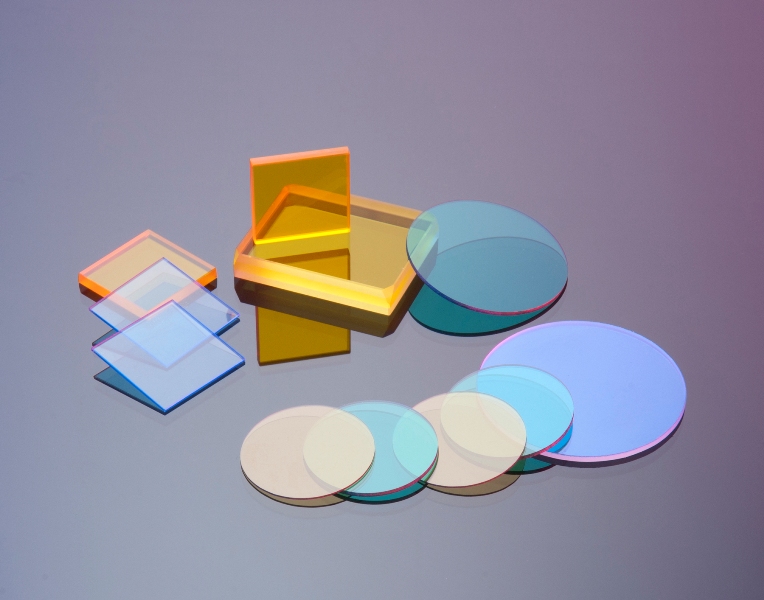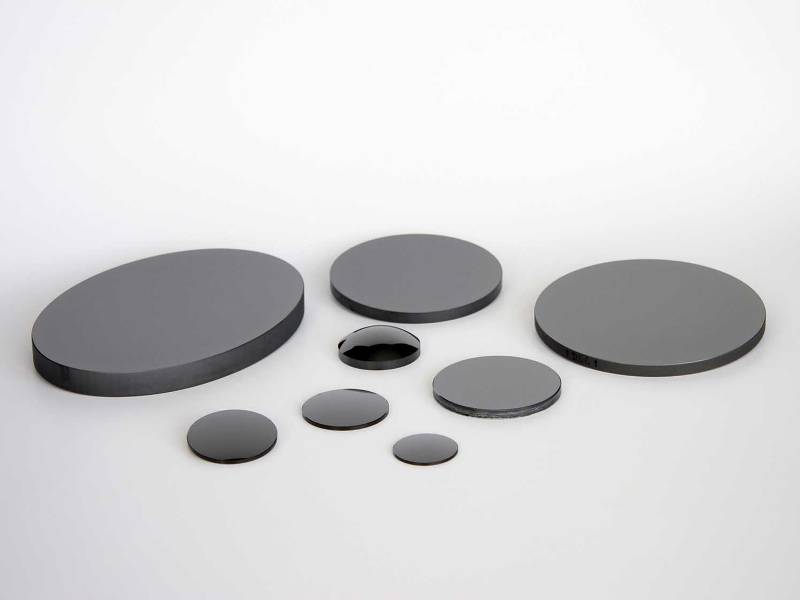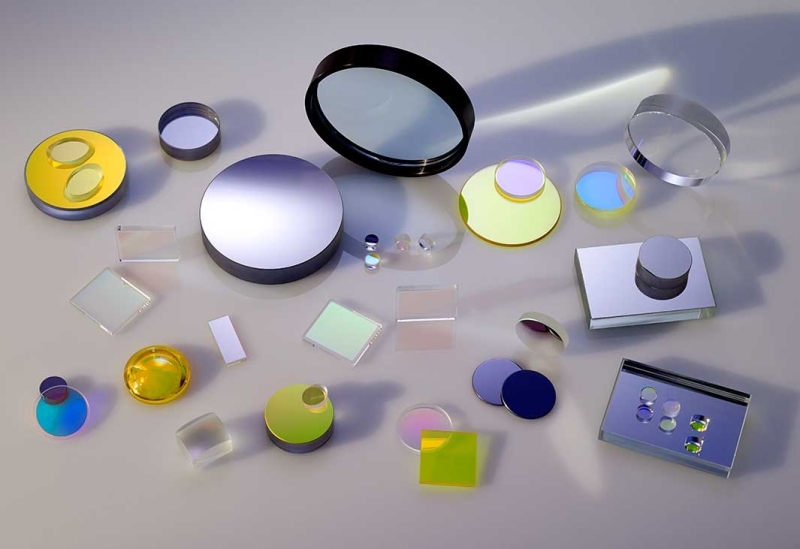Single layer optical interference coating was first presented in the 1930s and since then, deposition technology has rapidly grown. Today, the most common methods used in thin-film production are evaporation deposition, IBS, and APRS.
With the increase in demand for high-precision and durable thin films in defense, biphotonic, and laser-driven applications, industrial manufacturers have had to come up with cutting-edge and cost-effective manufacturing processes.
Read on for an overview of optical coating technologies and their applications.
Basics of Coating Technology
In 1935, Alexander Smakula invented and patented the first single-layer anti-reflection coating procedure in Germany. His procedure, usually considered the first practical application of thin-film deposition, involved using vacuum technology to apply a fluoride compound to a glass lens. On applying the compound, the glass lens did not experience the effects of adverse reflection that was expected. This finding prompted a renewed interest by many researchers into thin-film technology.
During the 1930s to early 2940s, thin-films were mainly used on photographic lenses. However, the experiment provided a new avenue for the application of thin-film technology and today, the industry is valued at $2.1 billion.

Over the past few decades, single-layer fluoride deposits have been contorted into complex multi-layer designs for multiple applications. However, since the early years of coating technology, quality optical coating production has always required the following:
- A practical deposition process
- Reliable materials
- A good theoretical design
The growth of the coating technology industry can be attributed to understanding these three key fundamentals, all of which require in-depth research and development.
Advancement in computer and software technology has led to the development of powerful thin-film design programs that can solve sophisticated application problems. Moreover, the design and fabrication processes have advanced through material sciences.
The number of optical materials that are suitable for coating application is limited. Therefore, selecting the right material can be quite arduous. However, the material used largely determines the viability of a coating in production. A theoretical design that involves the use of materials that cannot be deposited effectively is useless.
The most commonly preferred methods for thin-film production are evaporation deposition, advanced plasma reactive sputtering(APRS), and ion-beam sputtering (IBS).
Below is an overview of the three processes as well as their manufacturing efficiency, technological differences, and application on the market.
Evaporation Deposition
This was the first method used to effectively apply thin-film coating. The method involves using thermal pressure to transform materials into vapor state by either electron-beam bombardment or resistance heating inside a vacuum chamber.
Evaporation deposition is fairly low-cost but still compatible with various materials, including a wide range of metals. Moreover, the shape of the chamber creates separation between the source of the materials and the optical parts, which ensures that even complexly-shaped optical components get a superior, uniform coating.
Evaporated Coatings are perfect for mirrors and most antireflection designs. The technology can also be used on various notch filters, beam sputter, and edge filter designs that are not complex in design nor have a lot of layers.
Ion-Beam Sputtering

Ion-beam sputtering (IBS) technology emerged in the 1970s and it allows the fabrication of impressively accurate high-precision theoretical designs. The sputter process involves using an ion gun to produce energetic ions, which can be accelerated up to tens of eV by an electric field. The ions then get “sputtered” on the target material, creating a deposition.
IBS technology results in quality depositions with very little loss. These desirable characteristics made it the obvious choice of the development of narrow band filter in the early 1990s. However, the technology requires the use of expensive equipment.
Today, IBS technology is widely applied in applications used in defense, laser technology, and biomedical equipment.
Advanced Plasma Reactive Sputtering
APRS is an advanced sputtering technology that achieves the high-quality deposition characteristics of IBS but at significantly lower costs. The commercial APRS system makes it possible to coat complex designs comprised of alternating high and low index materials. APRS has short production runs and deposition can exceed 200 layers in a single run.
The coats produced through APRS technology are more environmentally-superior than what can be achieved through evaporation deposition. The technology has faster lead times and makes it easier to reproduce complex designs faster.
APRS technology has various applications in the entire range of filter designs, including dichroic, fluorescence bandpass, laser-line bandpass, longpass, shortpass, and notch filters.
As optical applications in the laser optic, military and science industries continue to evolve, the demand for complex optical coatings will continue to increase. The various optical coating technologies discussed above will have to evolve to ensure high performance of the optics produced.

